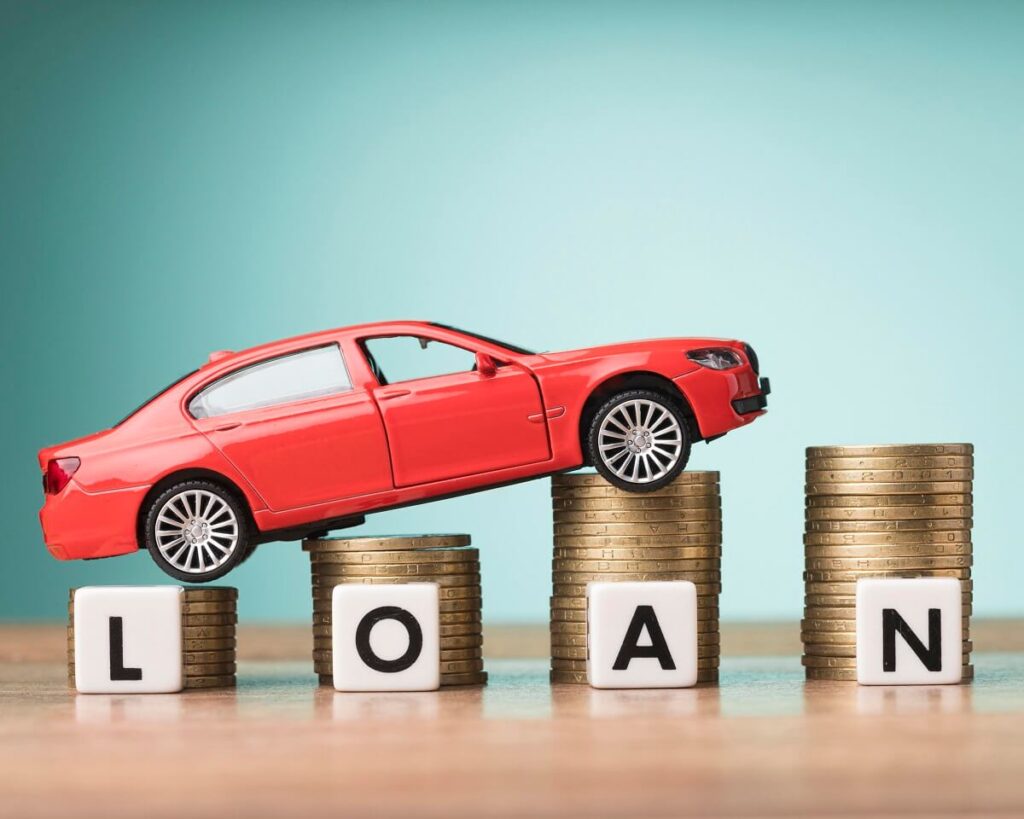You can always buy a secondhand car to bring your dream car home. Many banks and commercial organisations offer used car loans. You may apply for a used car loan online from the comfort of your own home. Look for a bank or lender that will provide you with the best terms and interest rates for a second-hand car loan. Simply fill out their online application and submit the documentation on their official website. Remember to review the lender’s second-hand vehicle loan qualification standards to lessen the likelihood of your second-hand auto loan application being denied.
Eligibility for a secondhand car loan
The eligibility criteria for a second-hand car loan are as follows:
- The individual must be an Indian resident.
- They should be at least 21 years old at the time of applying for car finance.
- The maximum age of the individual must be 60 years at the time of maturity of the loan.
- Income requirement as per the finance amount and terms of the bank.
Eligibility criteria may differ from one lender to another. It depends on the terms and conditions of the bank or lender you choose.
What is the hypothecation of a car loan?
When asking for a loan, you can use hypothecation to pledge an asset or the car to a bank. The bank keeps the car as collateral or security until you pay the loan you took from the bank or NBFC. In simple words, you are pledging your vehicle’s ownership to the lender until the vehicle loan is fully paid. Your bank officially holds your car during the term of your loan, even though you own it.
What exactly is hypothecation removal?
Hypothecation removal involves transferring ownership of your vehicle from the credit company or the financier to you. It also entails eliminating the hypothecation from the RC book of your vehicle.
How to remove hypothecation from your RC?
After the car loan is paid off, the procedure for removing the hypothecation from the RC is followed.
You can remove hypothecation from your RC offline in the following ways:
Step 1: Obtain the necessary documentation from the lender/bank.
Step 2: Bring valid documentation to the RTO.
Step 3: Submit the hypothecation removal application.
Step 4: After all your documents have been verified, you must submit them all, along with your acceptance form, to another counter.
RTO will give you a receipt confirming the date of issue of the new RC card or the Smart Card RC upon payment of the appropriate fee for the new RC card.
You can also remove the hypothecation from your RC online:
Step 1: Visit the Parivahan website.
Step 2: Under the “Online Services” menu, select the “Vehicle-Related Services” option.
Step 3: Enter your state and RTO office information.
Step 4: After entering your vehicle’s registration and chassis numbers, you will be directed to the auto HP cancellation form submission gateway.
Do keep in mind that you will need to visit your local RTO to finish the HP termination process.
Must Read: Best way to buy second-hand cars
Documents required to remove hypothecation from your RC
Following are the essential documents required to remove hypothecation from your RC.
- Original Form 35 and two copies signed by the registered owner and the bank.
- Copy of attested Pan Card or Form 60 and Form 61
- Original bank NOC
- Original RC
- Copy of attested car insurance certificate
- Copy of Pollution Under Control (PUC) certificate
- Copy of your attested address proof. You will require Form 33 if your current residential address is other than the one in RC.
You can opt for a second hand car loan if you want to buy a used car. Banks and lenders offer their customers many offers and affordable second hand car loan interest rates to make it more feasible. But It is critical to understand how to remove hypothecation from your RC book once the loan has been fully repaid. You cannot transfer ownership of the vehicle to your name unless HP is terminated. Furthermore, if you do not have the HP terminated, any auto insurance claim money will be routed to the bank rather than you.


More Stories
Most Popular Auto Shows Across The United States
Versatile Universal Load Cell for Aircraft Weighing – MODEL: UNV, UNV-C
Why Hiring A Content Writer For Your Website Is A Smart Concept